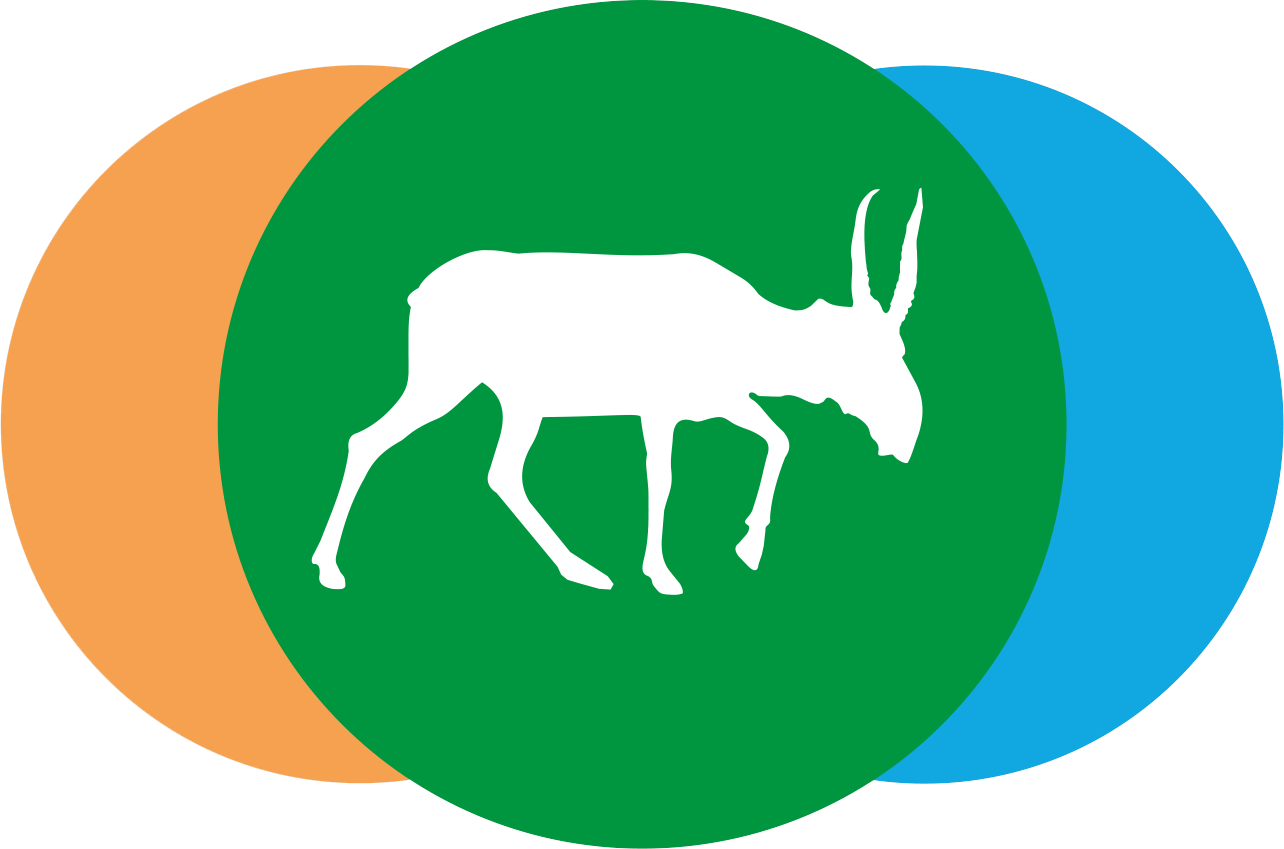Authors: Suleimenov Maratbek Zhaksybekovich, Berkinbay Оmarkhan, Omarov Bayzhan Baymukhambetovich, Zhanteliyeva Laura Orazakynovna, Barbol Bekzhan Isenbayuly, Dzhusupbekova Nurgul Madalievna, Uğur Uslu, Rao Zahid Abbas
Abstract: In the Karkara-Kegen valley of the Almaty region of Kazakhstan, when breeding a new breed of sheep with the participation of different animal species, their fauna of parasites was formed from parasites present in this biocenosis or natural focus. In this region there were 75 species of parasites belonging to 5 types, 10 suborders, 21 families and 34 genera. During the formation of the breed for more than 20 years, argali-merino sheep had 28 species of parasites: one species of trematodes (Dicrocoelium lanceatum), 4 species of cestodes (Taenia hydatigena, larvae; Echinococcus granulosus larvae; Moniezia expansa; Trichostrongylus colubriformis, Ostertagiella circumcincta, O.occidentalis, O. trifida, O. trifurcata, Marshallagia marshalli, Nematodirus archari, N. dogieli, N. filicollis, N. oiratianus, N. spathiger, Nematodirella longissimespiculata, Dictyocaulus filaria, Protostrongylus davtiani, P. hobmaieri, P.raillieti, P. skrjabini, Cystocaulus nigrescens, Bicaulus schulzi, Trichocephalus skrjabini). In the next 60 years, hybrids acquired another 35 species. Thus, a new breed of animals is included in the cycle of invasion in the biocenosis. Some parasites (not previously noted in this biocenosis) that are in the body of argali-merino sheep, getting into the external environment with feces, form new foci, involving other species of animals living in this biocenosis in the circulation.
Keywords: cestode; nematode; gadfly; fauna of parasites; Karkara-Kegen; valley; biocenosis

